Paradise. Or not?
A painful testimony about my visit to Nusa Penida (Bali), but with a message of inexhaustible hope.
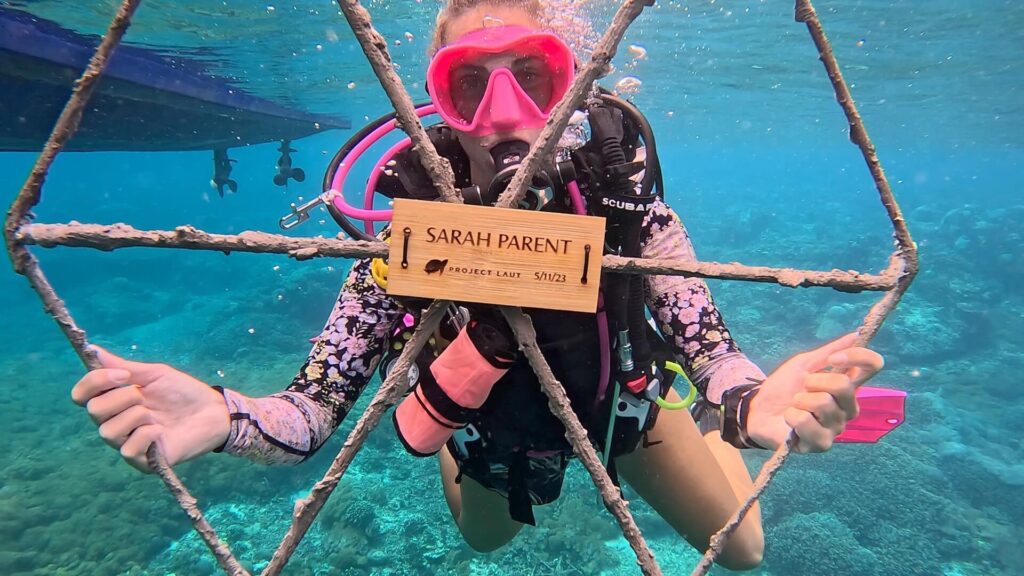
The closer you get to Bali, the friendlier the people become. How often do we smile at someone on the street and get nothing in return? It’s a true relief to hear ‘Thank you’ hundreds of times a day and to express it yourself. Gratitude is a positive emotion that can bring you a lot. Being thankful for the smallest things is beautiful, and even the smallest things, such as ‘being alive,’ are absolutely not small when you think about it.
In Bali, you can strongly feel the overpopulation. Most people ride scooters for financial reasons but also for practical reasons. You can be more flexible in the chaotic traffic. It’s an unprecedented bustle for an island. Certain places look completely deserted due to a decline in tourism during the COVID crisis. That’s the thing in Bali; you can have different jobs depending on the needs and the season. People adapt. They have to.
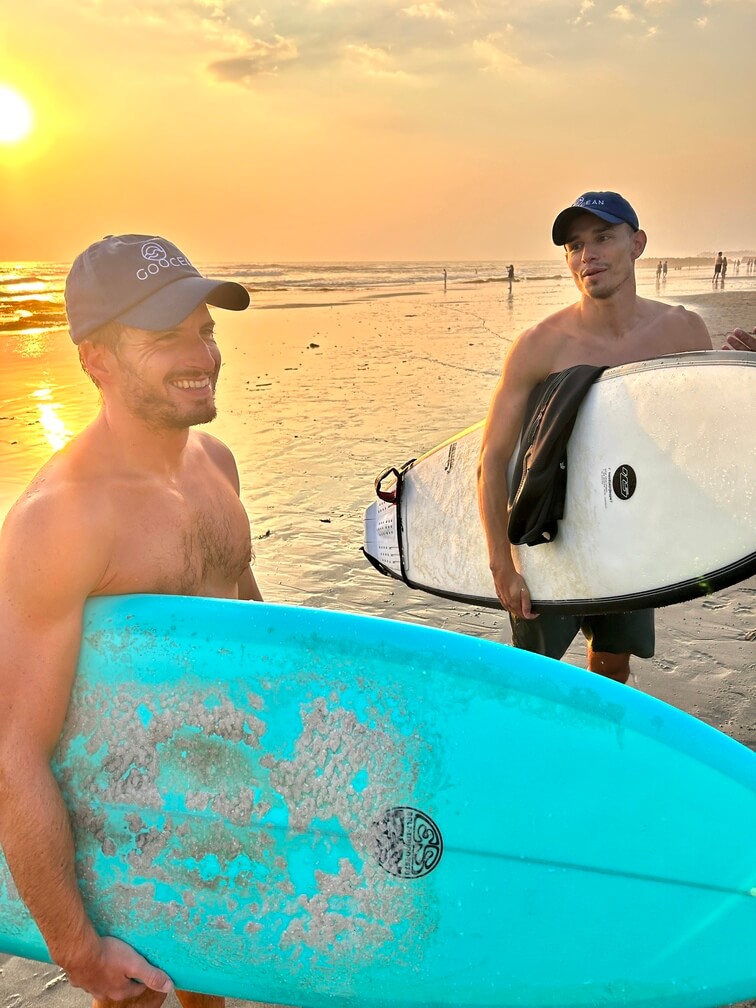
Image 1: Passionate surfers in Canggu (Bali).
And though I am by no means promoting travel in this article, the island gives you a sense of freedom and contains an immense amount of energy. And fortunately, the rainy season has started because the nature in many places is dry and yearning for water. In regions like Canggu, there is an influx of, among others, Australians who come to surf for longer periods each year. I had several conversations with surfers about their love for the ocean.
As a surfer, you are constantly engaged in timing the ideal waves for your specific level. You observe and listen to nature as part of your passion. And even though I am talking about a sport, it seems to me like a lifestyle where you are compelled to work in harmony with nature. And that is beautiful.
I was searching for authentic rice fields, but almost everything comes with an entrance fee. Even in the middle of a rice field, you suddenly have to pay a fee because someone has decided so. The population is poor and often literally attaches prices to nature. They have determined where their village begins and where you have to pay to continue walking.
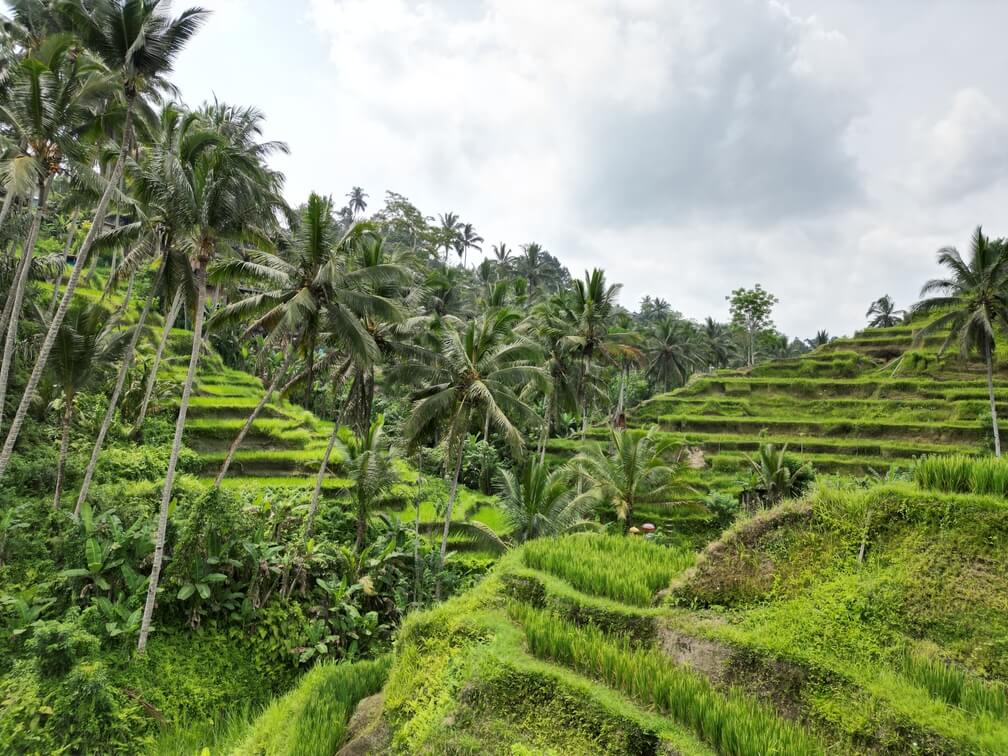
Image 2: Rice fields in the region of Ubud.
This is a literal example, but it often goes this way with nature. We take from it, we put a price on it, and we usually don’t pay nature back. We often don’t have a regenerative mindset.
But I’m not entirely negative because fortunately, I could still find a lot of beautiful jungle. Untouched and with enormous biodiversity, although certain snake species are threatened with extinction because the population believes in the power of drinking their blood. The population is incredibly religious, and I think that’s one of the reasons why people take care and why there is so much harmony. I felt completely safe there. Even alone on the streets when it was dark.
Unfortunately, I am not allowed to experience such a safe feeling with us.
Feeling protected is truly liberating, and it brings tears to my eyes when I think about wars where children cannot feel safe in their early years.
It breaks my heart, but at the same time, as a human, you draw strength from the fact that it can still exist. And with the concept of hope, we continue to empower ourselves to let optimism prevail over fatalism.

Image 3: The beautiful nature in Bali (Ubud).
Nusa Penida – Where We Restore Coral Reefs
I ended up in a local hospital due to an infection in my mouth and an arm that felt paralyzed. It’s not always easy to visit a project and, literally, on every project field visit, something goes wrong with my health. It’s usually related to my digestive system (for which I always carry a lot of medication with me) but this time was different, so I had to rely on the local medicine. This always makes me a bit anxious and it didn’t help when the doctor told me to calm down because my blood pressure was way too high.
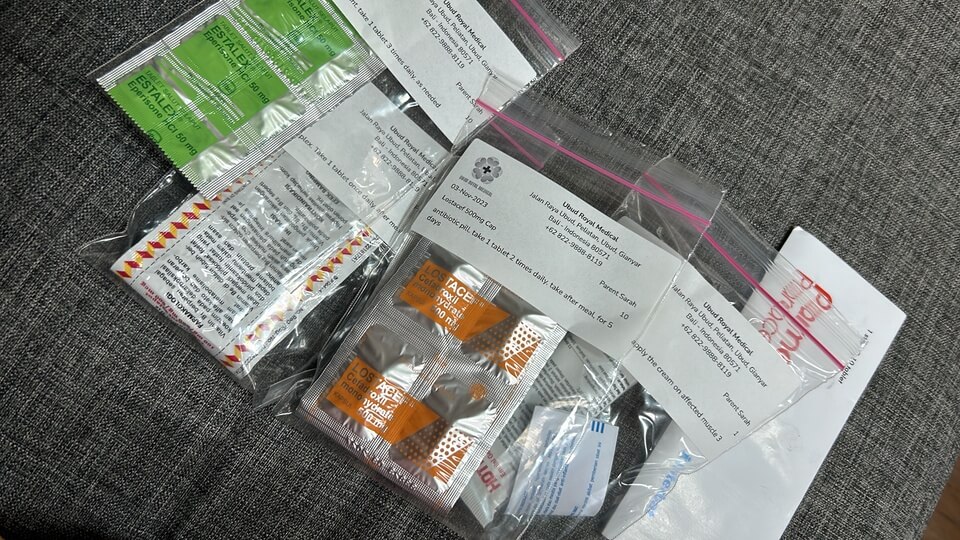
Figure 4: No idea what medication I was given😅
In the days that followed, I planned to go snorkeling a lot at the project sites, so it would be challenging to bite through the pain.
At the Sanur Harbor, I could take a touristy, uninviting boat to the island of Nusa Penida. My frustration started quite early when I saw plastic bottles floating in the water at the harbor. I already knew that Bali is not the cleanest island when it comes to waste sorting, but seeing tourists casually throwing their bottles into the sea to then take pictures with unique fish species, that really gets to me. The boat was full of day-trippers going to the island for those few unique ‘Instagram pics.’ And here comes a painful part (of humanity).
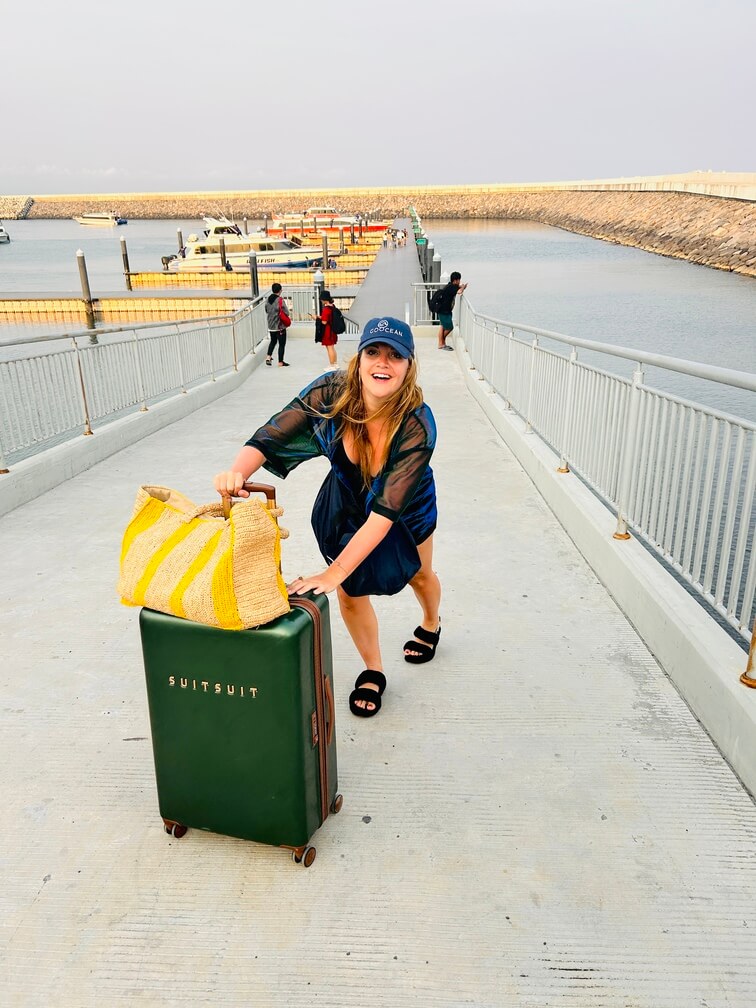
Image 5: Sanur harbor (on my way back).
You arrive on the island, and what stands out the most is the large amount of waste along the sides of the streets. In addition to organizations like River Cleanup, there is also a clear need for “street cleanups” because these streets are along the coastline, making it easy for trash to end up in the ocean. But beyond cleaning up, there is a need for a mindset shift. Why do people simply throw waste in their own backyard instead of sorting it into bags or containers? I couldn’t believe my eyes, and it raises serious questions for me about tourists who go to Nusa Penida on their honeymoon and remain ‘relaxed’ on their way to the resort.
It’s certainly easier if you don’t lose sleep over it, but it just doesn’t make sense.
How can you not lose sleep over this?
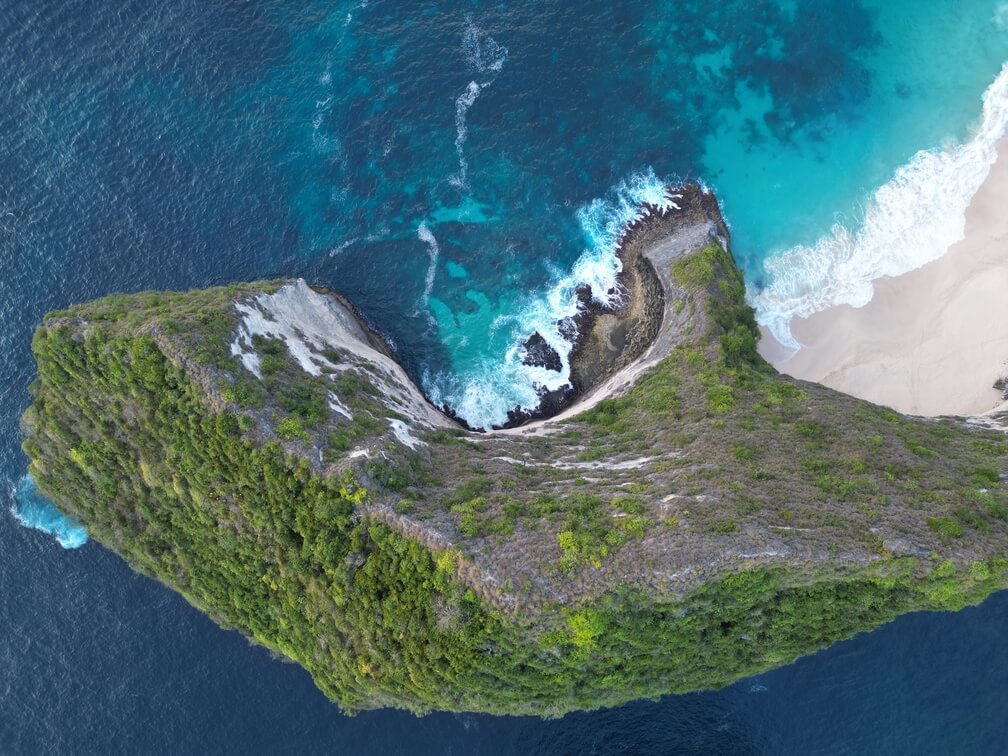
Image 6: KelingKing Beach – Nusa Penida
I had a coffee moment with former journalist Sita Angela, who was stranded on the island during the COVID crisis and met her partner there. During this one coffee, I learned a lot about the island:
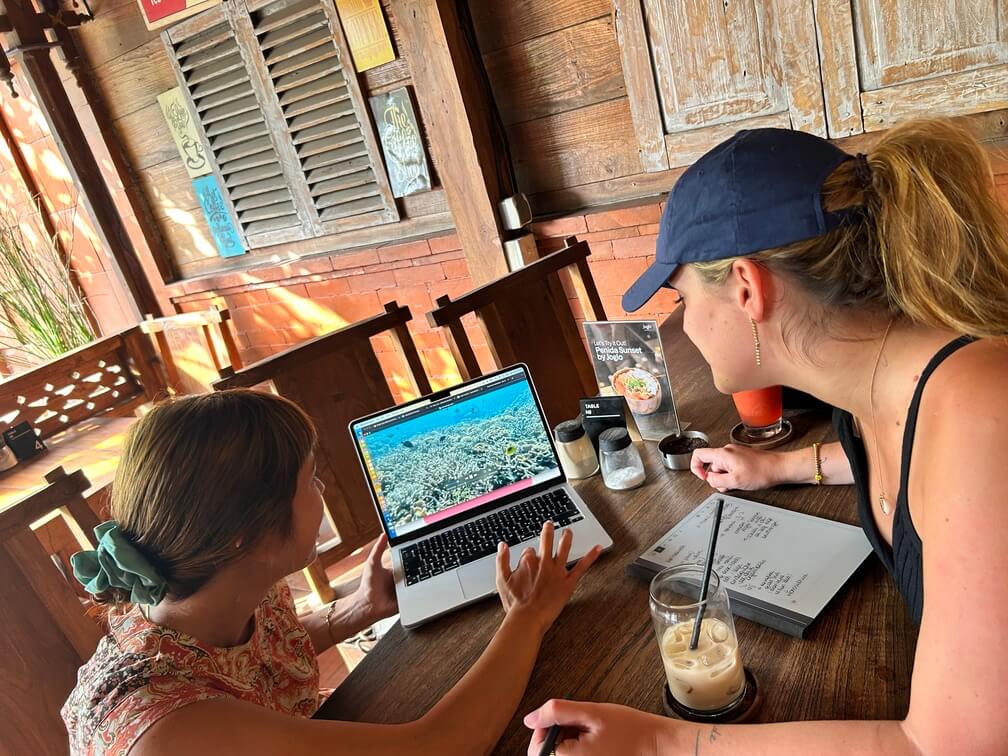
Image 7: Coffee moment in Nusa Penida.
Nusa Penida, formerly a prison island and long seen as the ‘evil part’ next to Bali, has transformed into an island driven by tourism and seaweed business. The issues with coral reefs are often caused by pollution from hotels that discharge their wastewater into the sea and the low standards for dive organizations operating there: the presence of loud jet skis and boats everywhere puts pressure on the marine ecosystems.
Tourists can also contribute positively by collaborating with local organizations and transplanting coral fragments, for example.
But even here, there’s an ‘ugly truth.’
Often, the organizations transplant quick-growing monocultures (acropora) that show stunning results rapidly. However, corals on monoculture reefs are extremely vulnerable to rising water temperatures, undermining their resilience.
Transplanting deep enough with sufficient diversity is crucial because in some places, the water temperatures already exceed 32 degrees Celsius. (What the f*ck?)
You might say that it’s better to restore in the wrong way than not to restore at all but I have the following response to that:
Although there will not be a healthy reef in the long term, these activities do bring increased awareness around nature restoration (because it’s ‘trendy’) and they create many local jobs.
Ideally, the funding goes to the very best organizations with marine biologists who constantly collaborate with universities ánd create as many jobs as possible for the local population.
100%. And that’s also how we operate.
For example, at both at Go Forest and Go Ocean, we never work with monocultures.
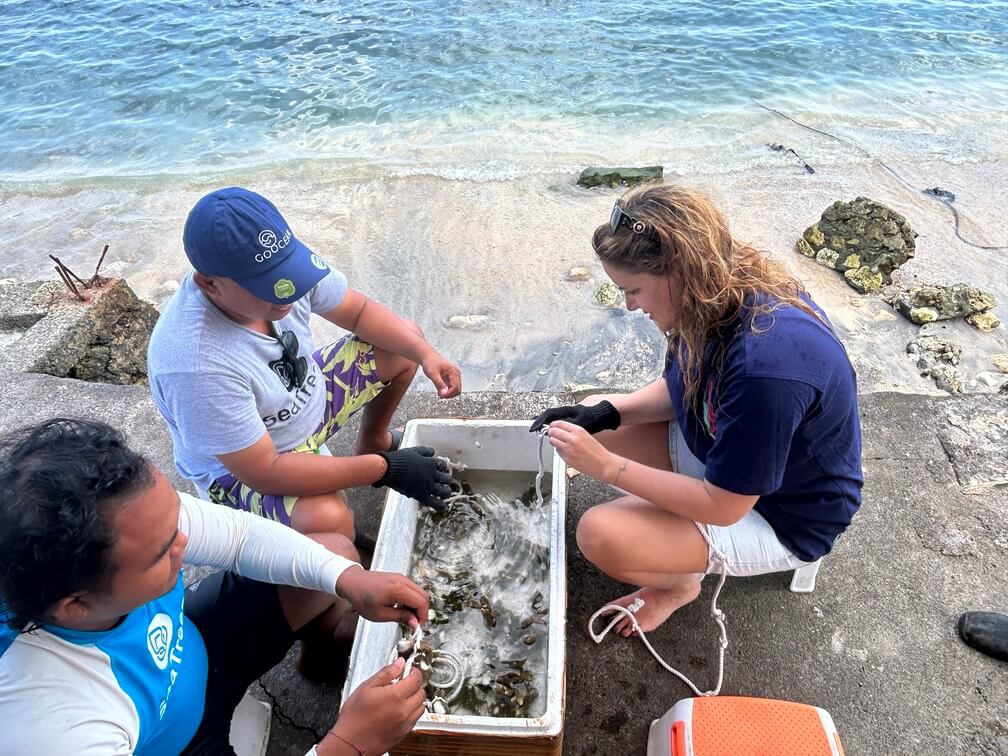
Figure 8: Getting acquainted with the rope technique (meditative)
Bleaching events are increasing worldwide. When you watch “Chasing Coral” on Netflix, you will definitely need some breaks because the reality is truly terrible, and it’s happening alarmingly fast.
Conducting resilience tests against temperature increases, using various plant species, planting deep enough, monitoringing strictly, and so on. It’s a no-brainer that we’ll need a lot of brains in the coming years. Specialists who measure, process the data, and give the best advice constantly. A conditio sine qua non.
When you transplant corals, you transplant coral fragments from shallow areas into zones where restoration is needed. These fragments are attached to rope structures (rope technique) or spider structures (spider technique). Due to the strong currents, the spider technique is chosen often because the spiders don’t wash away easily. For a spider structure, a cement layer is applied on the beach first. Then, the spiders are placed in the water for a period of 2 to 3 months until algae start to grow on them. Afterwards, divers attach the coral fragments to the structures. Per spider, 16 fragments are attached and after about a year, you can truly speak of a healthy reef, teeming with various species of fish. The spiders are made by the local population and provide them with a nice additional income.

Figure 9: Spider structures with cement coating – ready for the ocean
Transparency
At Go Ocean, we often pondered how we could report even more transparently than we already did. Satellite technology is very beneficial for our forests. You can draw polygons and inform companies which part belongs to them. By sharing that information transparently, everyone can see that a specific area is attributed solely to them.
In the ocean, however, we find that satellite technology alone is not sufficient. We can designate zones, but how do we show that a particular fragment belongs to a specific contributor? It was a challenging exercise, but we decided to name the spiders after the contributing company/companies using a beautiful bamboo sign. With frequent underwater flyovers, we can provide our sponsors with a clear view of their coral spiders. In collaboration with Project LAUT and their interns, we can have daily insights into our underwater activities if needed. Working with experts in marine biology with whom you have a strong connection is invaluable.
Check out the impact dashboards of our members here to see how we report.
Biodiversity
Biodiversity is under threat. To a significant extent. And with the decline of healthy reefs, marine wildlife populations are also decreasing.
One species suffering – because of tourism – is the Manta ray. On Nusa Penida, these magnificent underwater creatures gather at two specific cliffs, considered their ‘cleaning stations.’ At these stations, cleaner fish help the Manta rays get rid of worms. These cliffs, called ‘Manta points’, are heavily visited by tourists and boats, causing these animals to experience extreme stress and often die from boat propeller collisions. All in pursuit of that single Instagram picture that fades into obscurity by the following day. “I love animals (yet acting as their biggest threat).”
Furthermore, a notable turtle trade continues on the black market in China, frequently traced back to islands like Nusa Penida. I wanted to write that individuals in poverty tend to prioritize activities that yield financial gains, but in reality this is a universal aspect of human behavior.
The beautifully dressed influencers sailing there and pursuing that one picture are a big enemy of the underwater world, but at the same time, they sustain the local economy derived from tourism. Benefits and drawbacks are side by side, and it is crucial to study the causal systems behind them to identify elements that need to be removed or modified.
Financial damage to the local population must be limited by creating other, more nature-friendly sources of income. Local craftsmanship of coral spider structures happens to be a good example. However, it is essential to continue refining our mindset to attain optimal harmony with nature.
Now, back to the story of the turtles, more specifically the ‘Hawksbill sea turtle’ as a crucial component of a healthy reef. But first, let’s address two issues:
- Numerous tourist-oriented organizations release baby turtles into the sea, but unfortunately, their methods often result in low survival rates. Turtles undergo ‘geomagnetic imprinting’ on the specific beach where they are released, intending to return as adult turtles. However, due to the commercial nature of these activities organized by tourist organizations, issues such as the presence of boats during the turtles’ return and the timing, often dictated by peak tourist hours rather than the well-being of the turtles, can jeopardize their successful imprinting and survival.
- Organizations marketing bracelets that track animals, such as whales and turtles, for less than €20 are scams. Genuine, harmless, and effective tracking demands expertise, especially when dealing with endangered species on a larger scale. The actual cost for a reliable tracker, capable of providing accurate data, typically ranges between €2000 and €3000.
Slightly over 200 Hawksbill sea turtles were spotted around Nusa Penida, which is an incredibly low number. These turtles feed on sponges, helping to keep the coral reefs healthy. They are of immense value for what we aim to achieve: creating healthy coral reefs.
Hence, we’ve introduced an initiative enabling businesses to invest in individual turtles with distinct identities through turtle identification. Experienced divers, equipped with GoPro cameras, capture detailed images of the turtles’ heads to identify unique patterns. For instance, if a turtle (like the intriguingly named Giuseppe) is spotted more than three times within three months, it is recognized as a resident.
Gathering information about nesting locations, movement patterns, and habitat preferences is crucial for the survival of these turtles. The alarmingly low percentage of turtles reaching maturity, at less than 1%, underscores the urgent need for support in sustaining their existence. Notably, our current database reveals a significant imbalance in the gender ratio, with more females than males. Further research is essential to understand the specific reasons behind this trend (no feminist statements intended!).
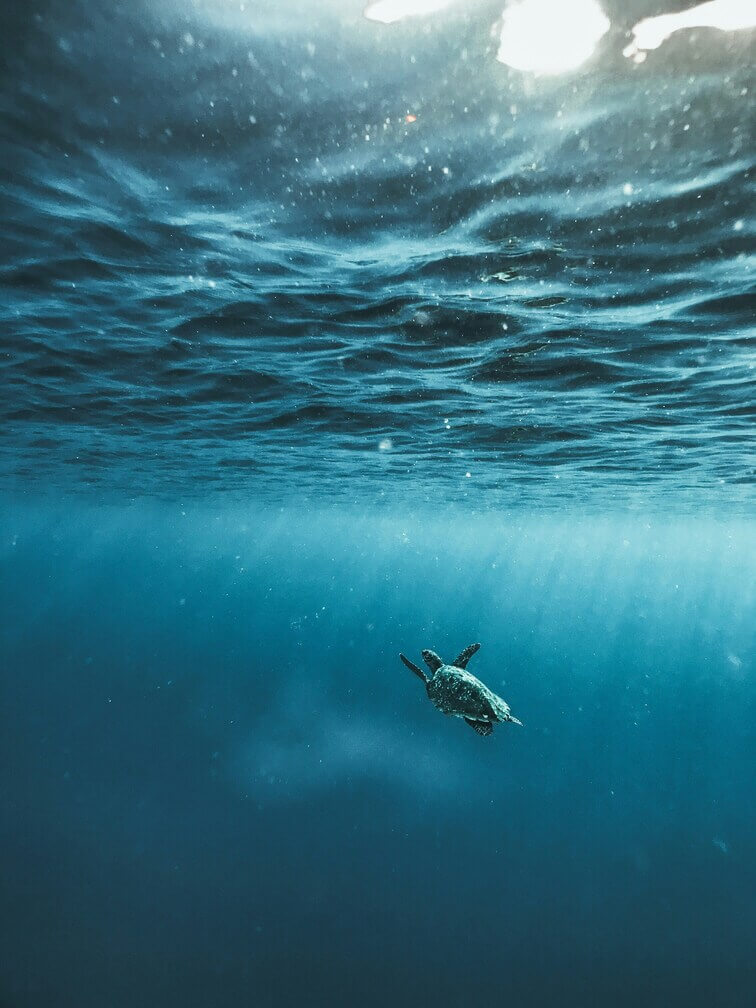
Figure 10: Hawksbill Sea Turtle
Nature restoration = mindset restoration
Governments bear a significant responsibility in dictating permissible activities, mandating permits for coral reef restoration, overseeing diving schools, regulating boat navigation in zones housing highly endangered species, managing exports and imports, promoting waste collection, combating child labor, and shaping educational curricula.
However, it’s crucial to recognize that governments, much like organizations or households, consist of individuals. We must urgently grasp the long-term consequences: by depleting the stunning nature that surrounds us, we risk endangering ourselves. Personally, I already sense a threat, albeit in a different sense of the word.
We set the bar too low. We admire how beautiful coral reefs have become thanks to our activities, but do not dare to look at how coral reefs looked 20 years ago.
We constantly set new standards because we are afraid. We are afraid of the harsh truth. If the living room is on fire, we must actively extinguish the fire to save the rest of the house. We must restore nature massively, on land and in the water.
We have taken so much from nature, and now it’s time for us to give back.
Not only for our sake but also for the benefit of our children and grandchildren, ensuring that we don’t depart with a burden of shame towards them, leaving behind only a financial legacy.
Let’s collaboratively craft a testament that holds far greater importance for their well-being and survival.
I solemnly pledge, with sincerity, that in the face of the challenges posed by climate change in the years ahead, we will dedicate ourselves to preserving the systems we restore, vigilantly monitoring and maintaining their integrity to the best of our abilities.
Thanks to specialists, thanks to people with a passion for the future, thanks to all of you.
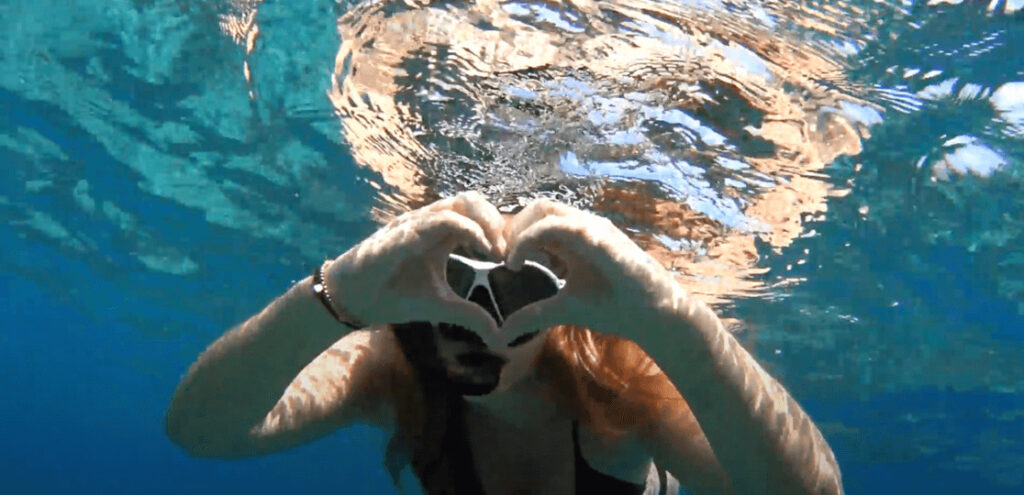
Image 11: Love nature – we are nature
I thank you, but our planet thanks you even more.
Thanks for reading!
Warm regards,
Sarah
Found this article interesting? Spread the word.
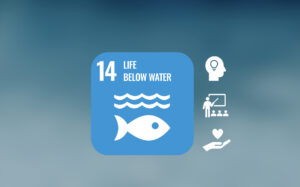
Revitalizing Our Oceans: The Critical Role of Businesses and SDG 14
This article explores why businesses should become stewards of the ocean, embracing sustainable practices and restoration initiatives to ensure a thriving marine environment for future generations.

Unlocking the mysteries of Blue Carbon Ecosystems
In this article, we take you with us to explore one of the ways the ocean is impacting the carbon cycle, namely through its blue carbon ecosystems.






